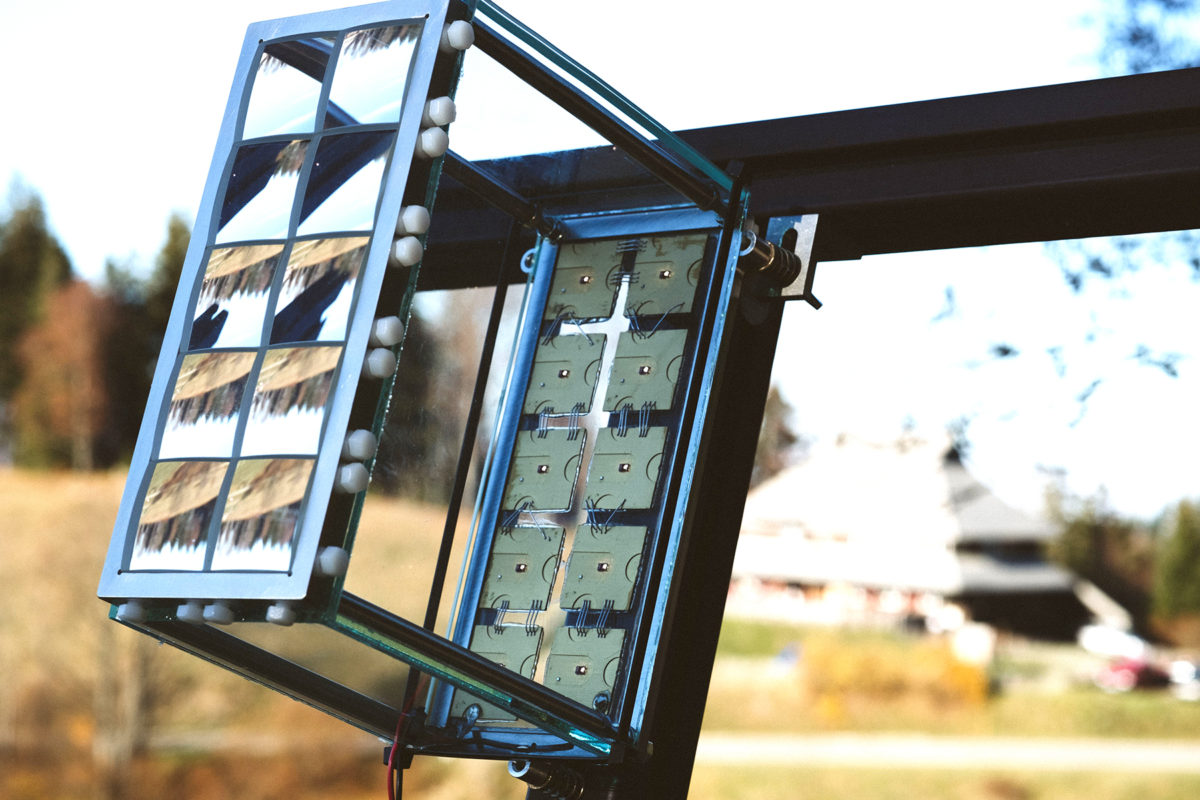Fraunhofer ISE, in collaboration with the EU-funded CPVMatch project, has set a new record for solar module efficiency at 41.4%.
The module measures 122 cm² and utilizes a multijunction tandem cell set up, with multiple layers of active cell material stacked on top of each other to absorb different sections of the light spectrum. Fraunhofer did not specify the cell materials used in the record-breaking module, other than to say that they are based on III-V compound semiconductors.
The module also relies on concentrator PV (CPV) technology – where sunlight is concentrated onto a cell using a Fresnel lens. The team says it was able to make use of achromatic lenses in the module, further contributing to the record efficiency. Such technology has proven to enable very high efficiency levels, but has seen little commercial uptake so far, as its performance is limited to areas with high levels of direct solar irradiation.
“We are extremely please about these results that pave the way for further efficiency increases in the concentrator technology,” says Andreas Bett, institute director at Fraunhofer ISE. “Photovoltaics is booming worldwide, and we see great potential for this particularly efficient module technology. It significantly decreases the use of resources for energy conversion per unit area and thus contributes to more sustainability.”
Back in 2014, Fraunhofer ISE was part of a collaboration that reached 46% cell efficiency using combined concentrator and III-V multijunction technology. Since then, it has worked with the CPVMatch project to push the technology further.
Popular content
“In CPVMatch, we have addressed all production steps for concentrator modules starting from the materials, through cell fabrication and production systems, and up to the challenges facing module manufacturing,” says Gerald Siefer, project head III-V Cell and Module Characterization at Fraunhofer ISE.
While there is no doubt that Fraunhofer ISE’s achievement here is impressive, and that the researchers say they have also been able to “optimize the production of four junction solar cells,” it should be noted that, while extremely efficient, III-V materials are typically prohibitively expensive when it comes to mass-production and have so far only found use in niche applications, such as satellites and drones, where high efficiency is more important than cost.
The achievement could allow CPV to better compete with concentrated solar power – which converts heat from the sun into steam to generate power – in areas with hot, dry climates and few clouds.
This content is protected by copyright and may not be reused. If you want to cooperate with us and would like to reuse some of our content, please contact: editors@pv-magazine.com.



3 comments
By submitting this form you agree to pv magazine using your data for the purposes of publishing your comment.
Your personal data will only be disclosed or otherwise transmitted to third parties for the purposes of spam filtering or if this is necessary for technical maintenance of the website. Any other transfer to third parties will not take place unless this is justified on the basis of applicable data protection regulations or if pv magazine is legally obliged to do so.
You may revoke this consent at any time with effect for the future, in which case your personal data will be deleted immediately. Otherwise, your data will be deleted if pv magazine has processed your request or the purpose of data storage is fulfilled.
Further information on data privacy can be found in our Data Protection Policy.